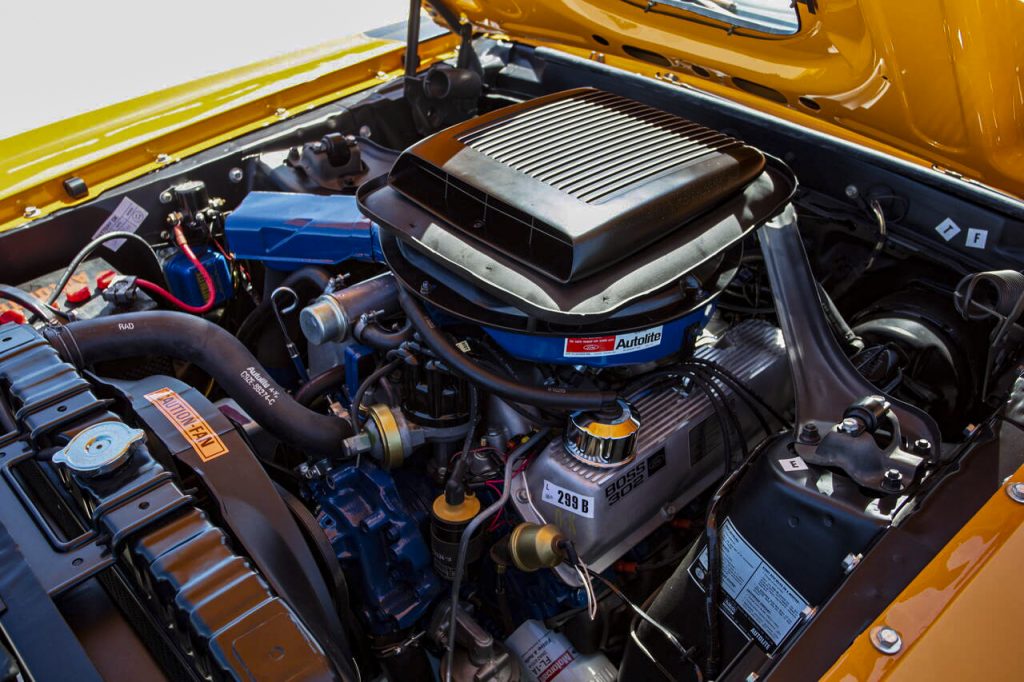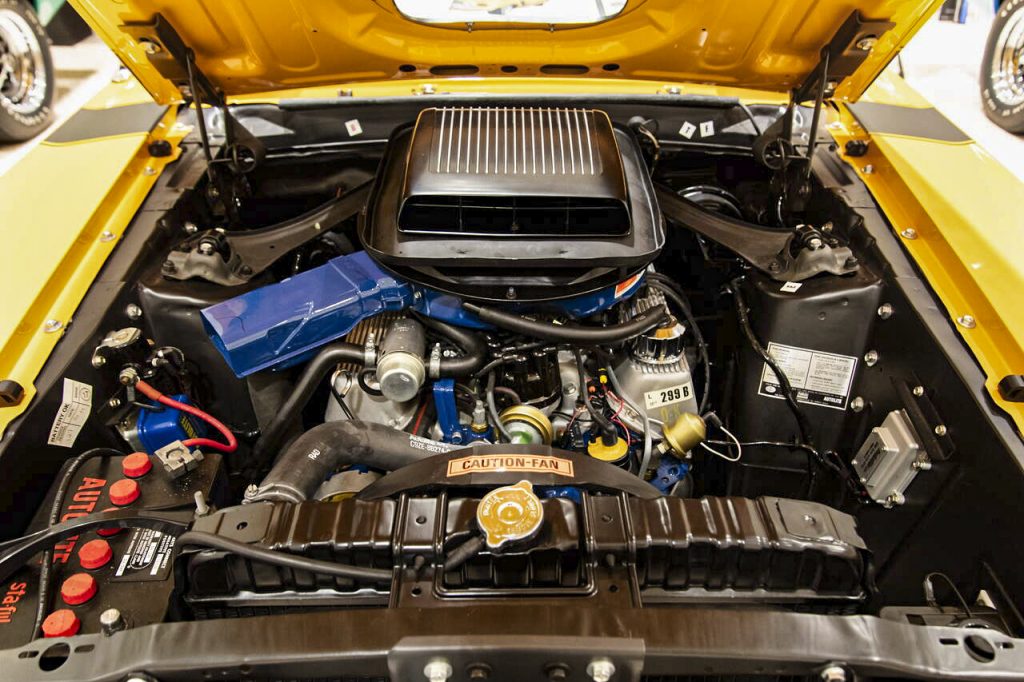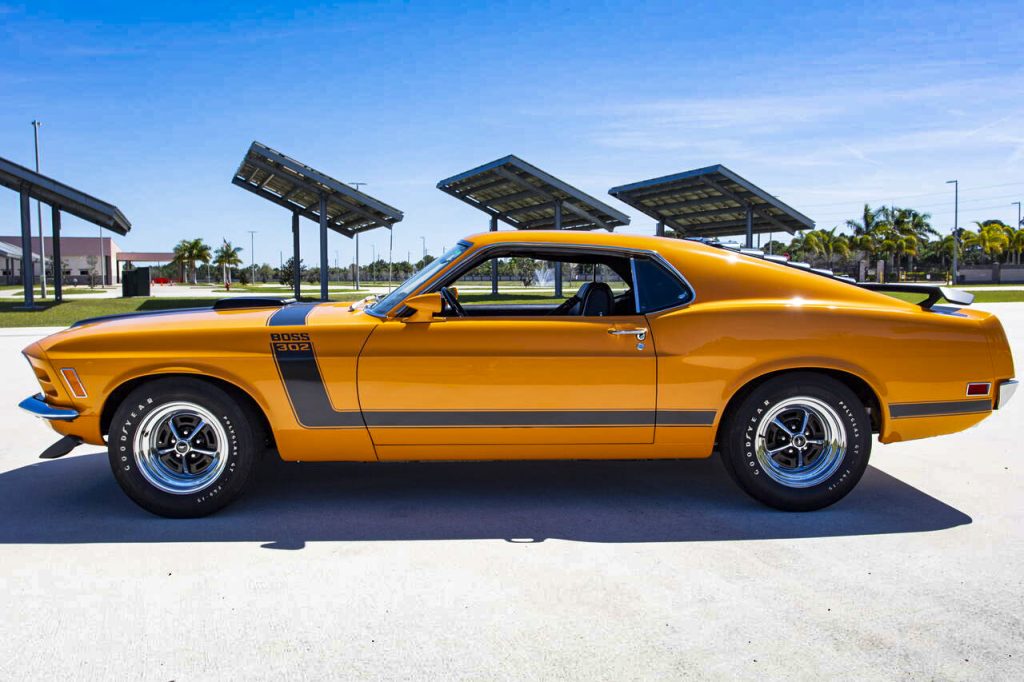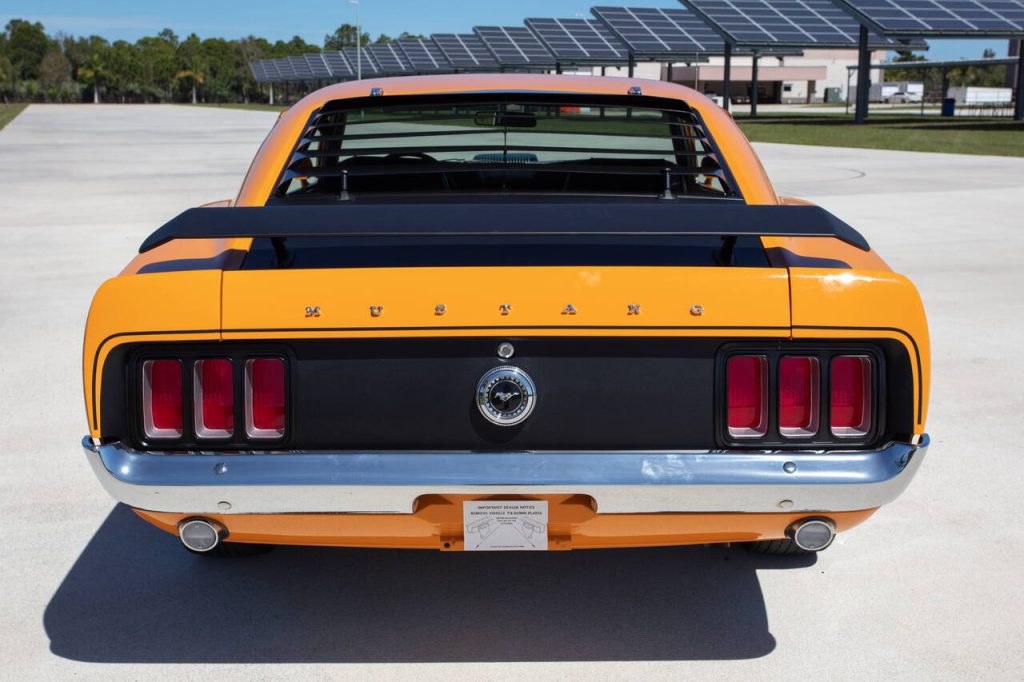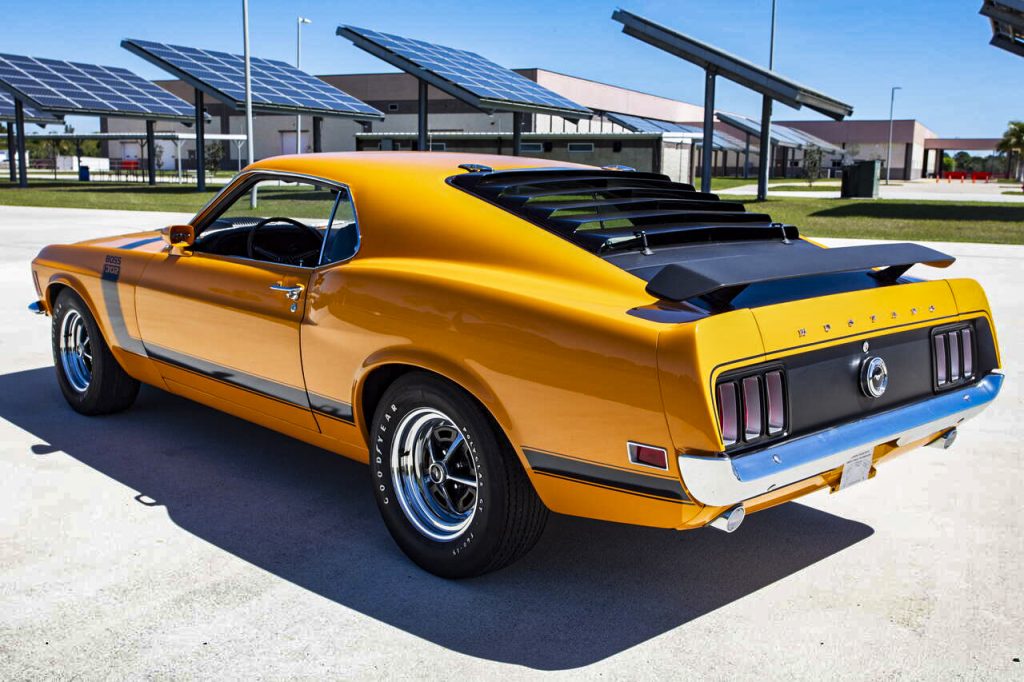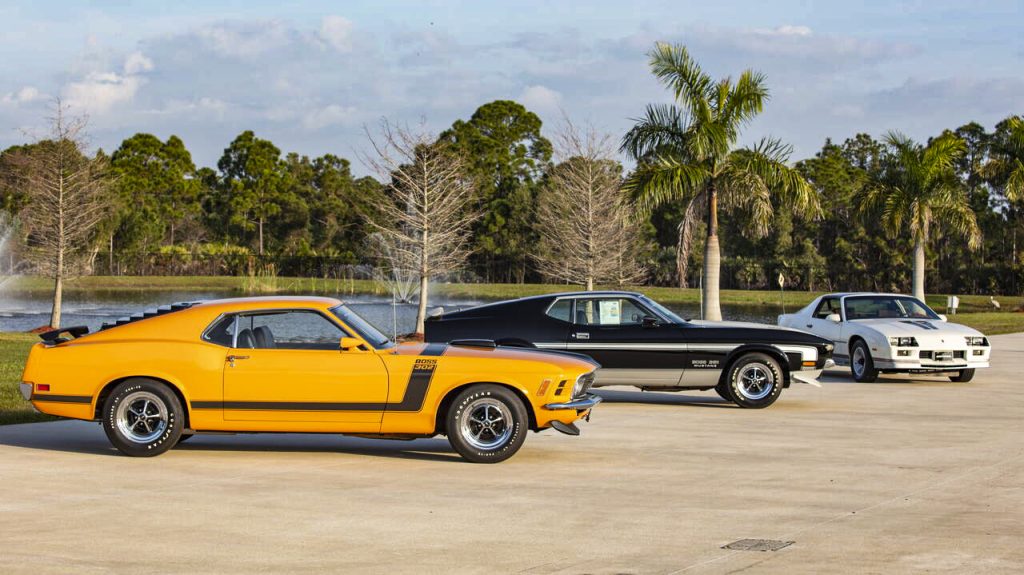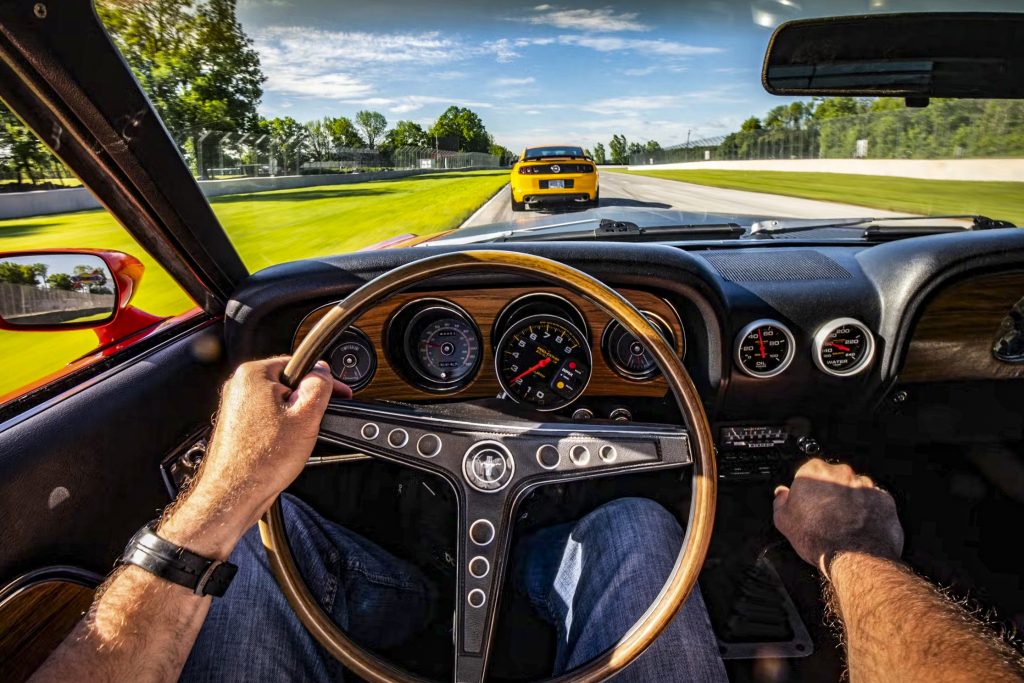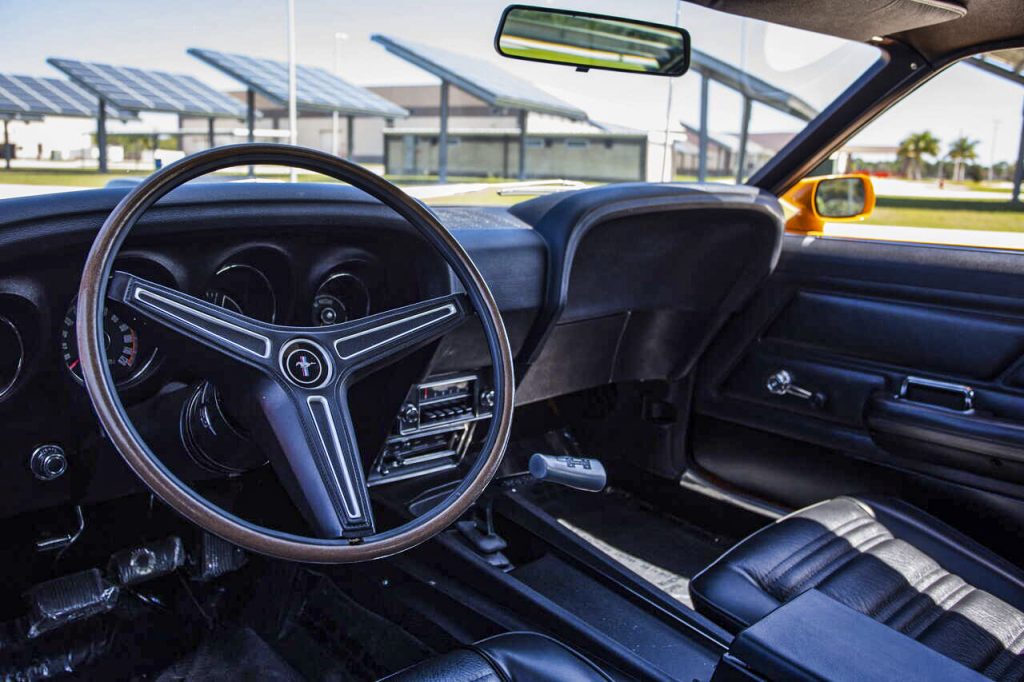In the annals of automotive history, few names evoke as much passion and reverence as the Ford Mustang. When the 1970 Ford Mustang Boss 302 made its debut, it not only solidified the Mustang’s position as a muscle car icon but also left an indelible mark on the hearts of enthusiasts and collectors worldwide. With its powerful performance, distinctive design, and a rich racing heritage, the Boss 302 remains a true legend of its time.
A Brief Historical Context: The Muscle Car Era
The 1970s were a time of unparalleled excitement in the automotive world. The “muscle car era” was in full swing, defined by powerful V8 engines, sleek designs, and a fervent desire for speed. The competition between American automakers to create the ultimate muscle car was fierce, and Ford’s response was the introduction of the Boss 302.
Unveiling the Boss 302: Power and Performance
The Ford Mustang Boss 302 was born out of a desire to compete in the Trans-Am racing series, where it faced off against the likes of Chevrolet’s Camaro Z/28. Under the hood, the Boss 302 featured a high-revving 302 cubic-inch V8 engine that produced a conservatively rated 290 horsepower. However, it was widely known that the actual power output was considerably higher, often estimated at around 350 horsepower.
One of the defining features of the Boss 302’s engine was its unique “canted valve” design, where the valves were positioned at an angle to improve airflow and combustion efficiency. This innovation contributed to the engine’s impressive performance and distinct exhaust note, making it an instant favorite among gearheads.
Design and Styling: Aggressive and Aerodynamic
The 1970 Ford Mustang Boss 302 boasted a design that exuded power and aggression. Its signature front-end treatment included a blacked-out grille and quad headlights, while the pronounced dual racing stripes running down the center of the car enhanced its sporty appearance. The car’s low-slung profile and flared fenders gave it a menacing stance that perfectly complemented its performance capabilities.
In terms of aerodynamics, the Boss 302 featured a functional front spoiler and a rear decklid spoiler. These additions not only enhanced the car’s stability at high speeds but also contributed to its iconic look that has become synonymous with the era.
Racing Legacy: Triumph on the Track
The Boss 302 was not just a street cruiser; it was a legitimate contender on the racetrack. Ford’s involvement in Trans-Am racing paid off as the Boss 302 went on to win the Trans-Am championship in 1970, cementing its status as a formidable competitor in the motorsport world. The car’s success on the track only added to its allure and attracted a dedicated fan base of racing enthusiasts.
Collectibility and Cultural Impact
Today, the 1970 Ford Mustang Boss 302 remains a highly sought-after collector’s item. Its limited production numbers, unique design elements, and historical significance have contributed to its desirability. Whether meticulously restored to its original glory or subtly modified for modern performance, the Boss 302 continues to captivate the imaginations of car aficionados.
The cultural impact of the Boss 302 goes beyond the automotive world. Its appearance in movies, television shows, and video games has further solidified its place in popular culture. The unmistakable roar of its V8 engine and the sleek lines of its body have become emblematic of the muscle car era.
The 1970 Ford Mustang Boss 302 is more than just a car; it’s a symbol of an era marked by horsepower, innovation, and a passion for speed. Its enduring legacy, both on the track and in the hearts of enthusiasts, speaks to its timeless appeal. As automotive technology continues to evolve, the Boss 302 stands as a reminder of a golden age in American car history—a reminder of the power and performance that can be captured in a single model, forever etched into the pages of automotive lore.

